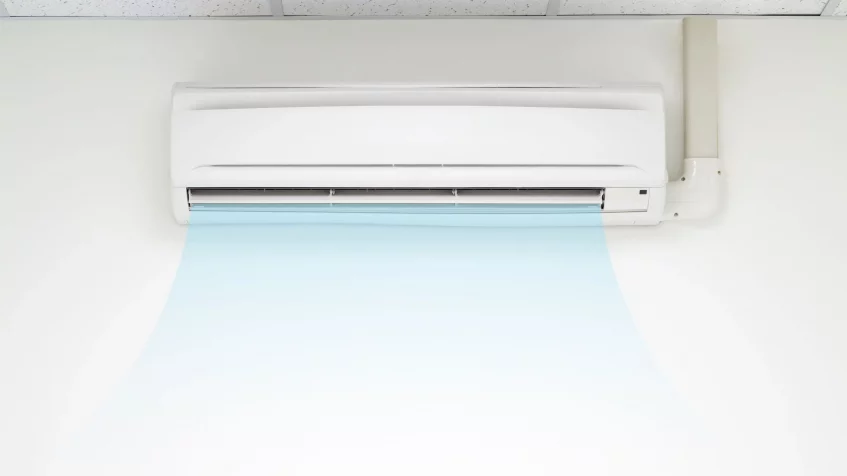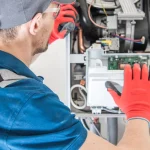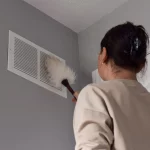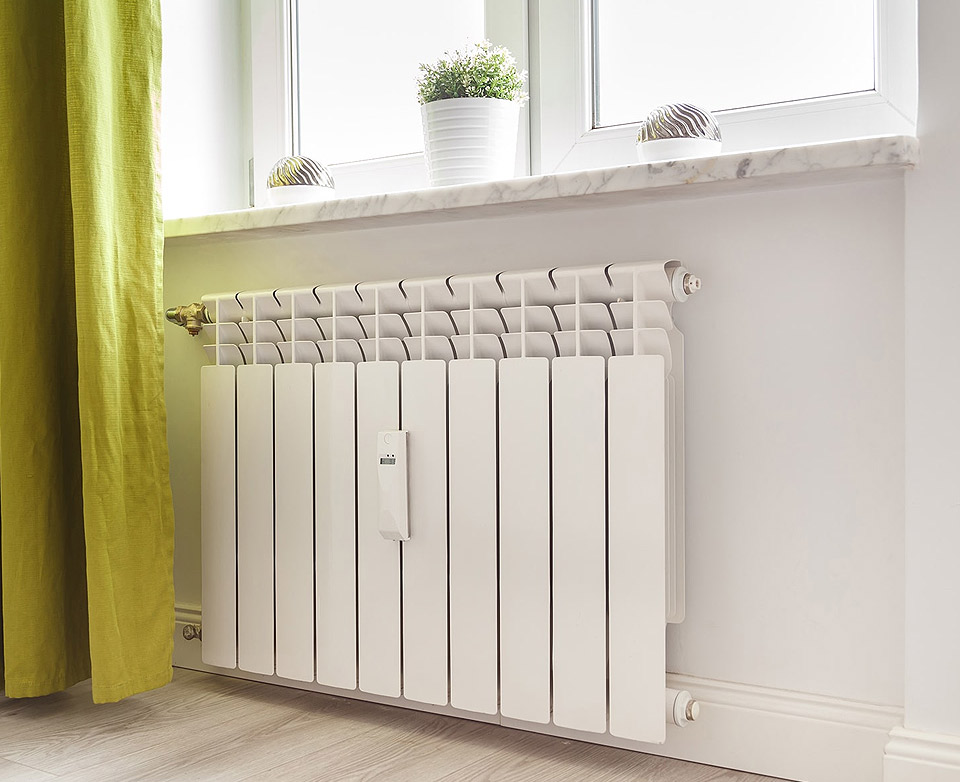
Enhance Indoor Air Quality with HVAC: Pro Tips
When it comes to our homes, comfort is key. And part of that comfort is the air we breathe. Your HVAC system, which stands for Heating, Ventilation, and Air Conditioning, plays a pivotal role in ensuring the indoor air quality (IAQ) of your home. In this blog post, we’ll explore some pro tips to help you enhance your indoor air quality using your HVAC system. From understanding the importance of IAQ to practical maintenance and improvement tips, we’ve got you covered. So, let’s dive right in!
The Importance of Indoor Air Quality
Before we delve into the nitty-gritty details of how to enhance your indoor air quality with your HVAC system, it’s essential to understand why it matters. The air you breathe inside your home can significantly impact your health and overall well-being. Poor indoor air quality can lead to various health issues, including allergies, respiratory problems, and even more severe conditions. It can also affect your comfort and quality of life.
Common indoor air pollutants include dust, pet dander, pollen, mold, and even volatile organic compounds (VOCs) from household products. These contaminants can accumulate in your home, making it essential to take proactive measures to improve the quality of the air you breathe.
Pro Tips to Enhance Indoor Air Quality with HVAC
Regular HVAC Maintenance
The first and foremost pro tip for improving indoor air quality is to ensure your HVAC system is well-maintained. Regular maintenance is crucial to keep your system running efficiently and prevent the circulation of pollutants. Here are some key maintenance tasks to consider:
Change air filters: Your HVAC system’s air filters trap dust, allergens, and other particles. Replace them as recommended by the manufacturer or more frequently if you have pets or allergy-prone family members.
Clean ducts and vents: Over time, dust and debris can accumulate in your ductwork and vents. Professional duct cleaning can help eliminate these contaminants.
Schedule annual HVAC inspections: A professional technician can identify and address issues before they impact your indoor air quality.
Use High-Quality Air Filters
Not all air filters are created equal. To enhance your IAQ, opt for high-quality, HEPA (High-Efficiency Particulate Air) filters. HEPA filters can capture even tiny particles, such as pollen, pet dander, and smoke, ensuring that the air you breathe is as clean as possible.
Consider an Air Purifier
In addition to your HVAC system, consider using standalone air purifiers. These devices are designed to filter the air in a specific room or area, providing an extra layer of protection against pollutants. Look for air purifiers with HEPA filters and UV-C technology to effectively remove allergens and bacteria from the air.
Maintain Proper Humidity Levels
Maintaining the right humidity levels in your home can make a significant difference in your indoor air quality. When the air is too dry, it can exacerbate respiratory issues and make your home more hospitable to viruses and bacteria. On the other hand, excessive humidity can lead to mold growth. Use a humidifier or dehumidifier as needed to maintain an ideal indoor humidity level, typically around 30-50%.
Ventilation Matters
Proper ventilation is essential for ensuring a constant supply of fresh outdoor air and expelling indoor pollutants. Use exhaust fans in areas like the kitchen and bathroom to remove humidity and odors. Consider opening windows when the weather permits to allow fresh air to circulate through your home.
Seal Leaks and Gaps
Air leaks and gaps in your home’s insulation can allow outdoor pollutants to infiltrate your living spaces. Inspect your home for leaks and gaps around windows, doors, and ducts. Seal them using caulk or weatherstripping to prevent outdoor contaminants from entering your home.
Limit Chemical Exposure
Reduce the use of chemical-based cleaning products and other household items that release VOCs into the air. Opt for natural, eco-friendly alternatives to maintain a healthier indoor environment.
Regularly Clean Your Home
Regular cleaning can significantly impact indoor air quality. Dust, vacuum, and mop your home regularly to remove dust, pet dander, and other particles. Wash bedding, curtains, and upholstery regularly to minimize allergens.
Mind Your Pets
If you have pets, it’s essential to manage pet hair and dander. Brush your pets regularly and bathe them as needed. Consider using an air purifier specifically designed for pet owners to capture pet-related allergens.
Be Mindful of Allergens
Pay attention to outdoor allergens, especially during peak seasons. Keep windows and doors closed when pollen counts are high. Using an air purifier with a pollen filter can also help reduce allergen exposure.
Avoid Smoking Indoors
This one may seem obvious, but it’s worth mentioning. Smoking indoors is a significant source of indoor air pollution. If you or someone in your household smokes, make it a rule to do so outdoors to protect your indoor air quality.
Monitor Indoor Air Quality
Invest in an indoor air quality monitor. These devices provide real-time information about the air in your home, including levels of pollutants like PM2.5, VOCs, and CO2. By keeping an eye on these readings, you can adjust your HVAC system and other measures as needed to maintain optimal air quality.
Consider UV-C Germicidal Lamps
UV-C germicidal lamps can be installed in your HVAC system to help kill and deactivate bacteria, viruses, and mold. This technology can provide an added layer of protection, especially in households with individuals who are more susceptible to respiratory illnesses.
Choose Low VOC Paints and Finishes
If you plan to repaint or redecorate your home, opt for low-VOC or VOC-free paints and finishes. Traditional paints can release harmful chemicals into the air for months after application, affecting your indoor air quality. Choosing low-VOC products minimizes this risk.
Use Natural Ventilation Methods
On days with pleasant weather, take advantage of natural ventilation methods. Open your windows and doors to allow fresh outdoor air to circulate through your home. This can be particularly effective during the spring and fall when the temperature is mild.
Keep an Eye on Radon Levels
Radon is a colorless, odorless gas that can seep into homes from the ground. It’s a known carcinogen and a significant indoor air quality concern. Consider testing your home for radon and, if necessary, install a radon mitigation system to reduce its levels.
Regularly Clean and Maintain Humidifiers
If you use a humidifier to maintain indoor humidity levels, be sure to clean and maintain it regularly. Neglected humidifiers can become breeding grounds for mold and bacteria, which can then be dispersed into the air.
Consider an Energy Recovery Ventilator (ERV)
An Energy Recovery Ventilator (ERV) is a device that can exchange indoor air with fresh outdoor air while retaining the energy used for conditioning the indoor air. It’s an energy-efficient way to ensure good ventilation and maintain indoor air quality.










